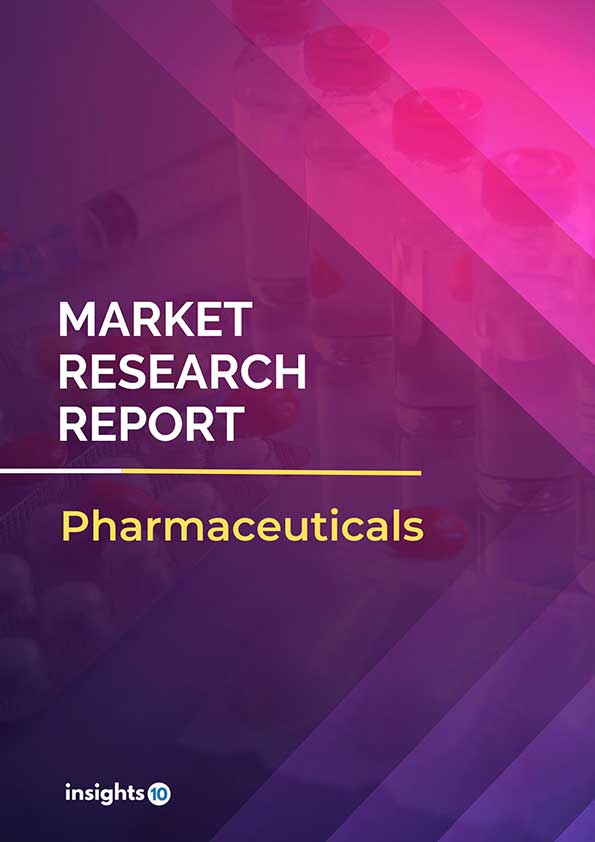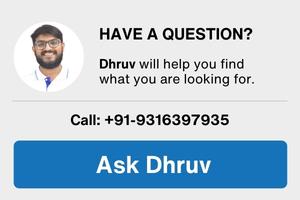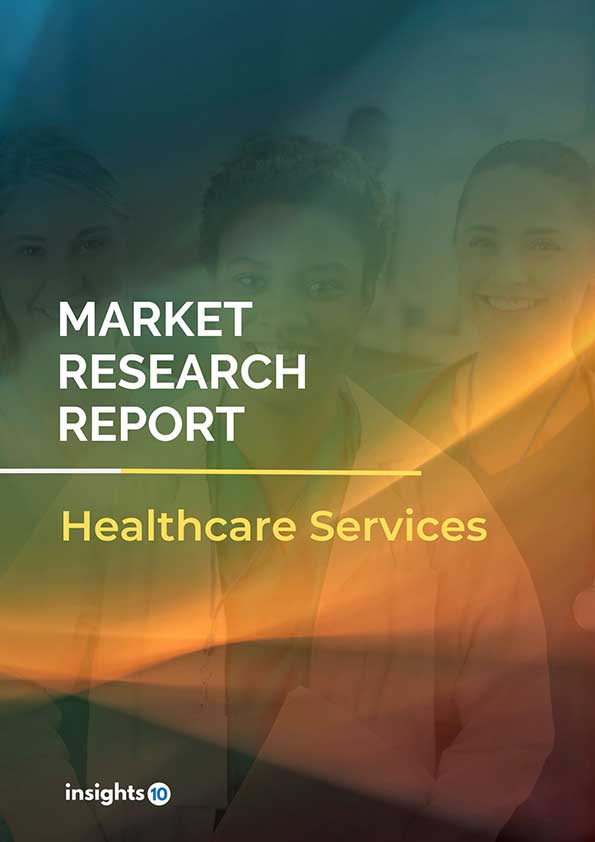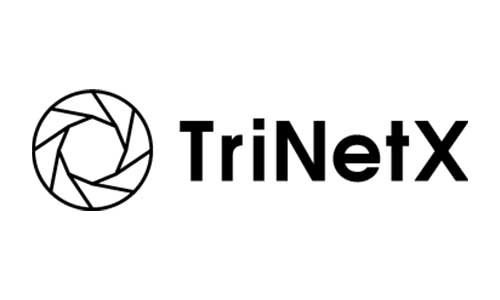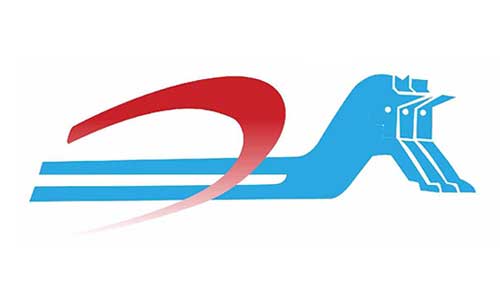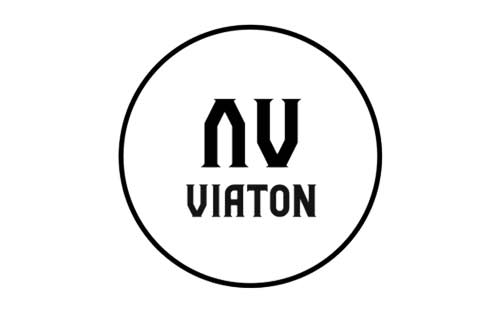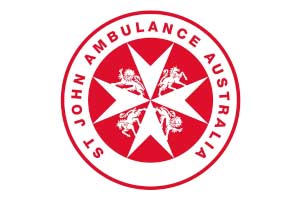UAE Atherosclerosis Therapeutics Market Analysis
UAE Atherosclerosis Therapeutics Market was valued at $14 Mn in 2022 and is estimated to reach $24 Mn in 2030, exhibiting a CAGR of 6.7% during the forecast period. The market for atherosclerosis therapeutics is expected to grow as a result of the growing incidence of cardiovascular diseases, which are being exacerbated by sedentary lifestyles, poor eating habits, and an aging population worldwide. The leading pharmaceutical companies presently operating in the market are Pfizer, Novartis, AstraZeneca, Sanofi, Bayer, Abbott, Johnson & Johnson, Teva Pharmaceutical, Roche and Merck & Co.
Buy Now

UAE Atherosclerosis Therapeutics Market Executive Summary
UAE Atherosclerosis Therapeutics Market was valued at $14 Mn in 2022 and is estimated to reach $24 Mn in 2030, exhibiting a CAGR of 6.7% during the forecast period.
Vascular constriction or blockage caused by plaque buildup is known as atherosclerosis. The plaque that is created by the combination of poor cholesterol and white blood cells might disrupt the body's normal blood flow. Damage to the inner lining of the blood vessel facilitates the attachment of dangerous cholesterol to the vessel walls. Plaque forms when the body's natural removal mechanism, cells, gets stuck from time to time. It is possible for this plaque to clog the channel, reducing blood flow and increasing the risk of potentially fatal conditions such as heart attacks and strokes. Several things can contribute to atherosclerosis, such as high blood pressure, high cholesterol, diabetes, obesity, smoking, heart disease in the family, inactivity, and eating an unhealthy diet.
The prevalence of atherothrombotic cardiovascular disease (ASCVD) is 20.9% in the United Arab Emirates. Additionally, men have greater rates (26.6%) than do women (15.2%). Young adults in the United Arab Emirates have a high prevalence of cardiometabolic risk factors, which may indicate a higher chance of developing atherosclerosis in the future. A higher vulnerability to atherosclerosis is caused by several risk factors, including high blood pressure, high cholesterol, diabetes, smoking, and obesity. All of these risks are rather frequent in the UAE. Based on variables including age, gender, socioeconomic position, and lifestyle choices, the prevalence of atherosclerosis is probably going to differ among the people in the United Arab Emirates.
Pfizer has effectively secured regulatory approval in the United Arab Emirates for Inclisiran (Orlivayo), a novel RNAi medication intended to reduce cholesterol levels in individuals at high risk. This milestone represents a significant step forward in the provision of long-term therapeutic options.
Novartis has declared that Leqvio (Inclisiran) has been approved in the United Arab Emirates for its affiliated Medicines Company, expanding the availability of this cutting-edge medical treatment.
Market Dynamics
Market Growth Drivers
Increasing Cardiovascular Disease Burden: The United Arab Emirates (UAE) has a high incidence of cardiovascular disease (CVD), with 30% of people estimated to have at least one cardiovascular risk factor. Atherosclerosis, a primary contributor to CVD, is significantly contributing to the growing demand for various treatment alternatives. In addition to increasing the burden of CVD, the rising prevalence of risk factors such as diabetes, high blood pressure, and unhealthy cholesterol levels also increases the need for better atherosclerosis treatment techniques.
Aging Population: The aging of the population contributes significantly to the elderly's increased susceptibility to atherosclerosis, which has increased the demand for atherosclerosis-related therapeutics. By 2050, the elderly population in the United Arab Emirates is expected to have grown five times, making up almost 16% of the overall population. As a result, there will be more than 2 Mn adults over 65, up from the present estimate of about 150,000. The aging population's increased vulnerability to atherosclerosis highlights the growing need to address treatment needs associated with this cardiovascular disease.
Advancements in Drug Development: Innovative drugs like PCSK9 inhibitors and inclisiran, which lower cholesterol using RNA interference therapy, offer more and better treatment options, which is driving the market's expansion. There are opportunities for market expansion due to the growing emphasis on customized treatment plans that take into account individual patient profiles and genetic susceptibilities to atherosclerosis.
Market Restraints
Cost and Affordability: The cost of several drugs used to treat atherosclerosis makes them unaffordable for a substantial segment of the population, especially those with lower incomes or less access to healthcare. This makes high prescription drug prices a concern. This hinders overall growth and restricts market penetration.
Patient Adherence: Long-term drug adherence is typically necessary for effective treatment of atherosclerosis, which can be difficult for some people. Non-adherence can result from a variety of factors, including unfavourable side effects, complex dose regimens, and a lack of evident instant benefits. If challenges develop, this could reduce the efficacy of treatment and raise medical expenses.
Regulatory Hurdles: Pharmaceutical companies may encounter difficulties and pay additional expenditures as a result of lengthy clinical trials and strict regulatory procedures, delaying the timely introduction of new drugs onto the market. Businesses may experience uncertainty as a result of unclear regulations that govern regulatory procedures, which can make it challenging for them to plan for approval dates and manage the system efficiently.
Healthcare Policies and Regulatory Landscape
The Ministry of Health and Prevention (MOHAP) is the principal regulating body for therapeutics in the United Arab Emirates (UAE). It is responsible for guaranteeing the efficacy, safety, and calibre of healthcare services and goods, including medicines, throughout the nation. The Drug Control Department of MOHAP conducts a rigorous examination process before approving and registering pharmaceuticals in the United Arab Emirates. This review evaluates the drug's effectiveness, safety profile, and regulatory compliance, among other things. The goal of the registration procedure is to safeguard public health by guaranteeing that only secure and efficient pharmaceuticals are sold.
Competitive Landscape
Key Players
- Pfizer
- Novartis
- AstraZeneca
- Sanofi
- Bayer
- Abbott
- Johnson & Johnson
- Teva Pharmaceutical
- Roche
- Merck & Co.
1. Executive Summary
1.1 Disease Overview
1.2 Global Scenario
1.3 Country Overview
1.4 Healthcare Scenario in Country
1.5 Patient Journey
1.6 Health Insurance Coverage in Country
1.7 Active Pharmaceutical Ingredient (API)
1.8 Recent Developments in the Country
2. Market Size and Forecasting
2.1 Epidemiology of Disease
2.2 Market Size (With Excel & Methodology)
2.3 Market Segmentation (Check all Segments in Segmentation Section)
3. Market Dynamics
3.1 Market Drivers
3.2 Market Restraints
4. Competitive Landscape
4.1 Major Market Share
4.2 Key Company Profile (Check all Companies in the Summary Section)
4.2.1 Company
4.2.1.1 Overview
4.2.1.2 Product Applications and Services
4.2.1.3 Recent Developments
4.2.1.4 Partnerships Ecosystem
4.2.1.5 Financials (Based on Availability)
5. Reimbursement Scenario
5.1 Reimbursement Regulation
5.2 Reimbursement Process for Diagnosis
5.3 Reimbursement Process for Treatment
6. Methodology and Scope
UAE Atherosclerosis Therapeutics Market Segmentation
By Therapy
- Atherosclerosis Medications
- Cholesterol-lowering Medications
- Antiplatelet drugs and Anticoagulants
- Atherosclerosis Beta Blockers
- Diuretics or Water Pills
- Angiotensin Converting Enzyme (Ace) Inhibitors
- Other Atherosclerosis Treatment Therapies
By Surgery
- Bypass Surgery (Coronary Artery Bypass Grafting (CABG))
- Angioplasty
- Atherectomy
By Drug Class
- Cholinesterase Inhibitors
- NMDA Receptor Antagonists
- Manufactured Combination
By End-Users
- Hospitals
- Specialty Clinics
- Homecare
- Others
By Distribution Channel
- Hospital pharmacies
- Clinics
- Drug stores
- Retail pharmacies
- Online pharmacies
- Other distribution channel
Methodology for Database Creation
Our database offers a comprehensive list of healthcare centers, meticulously curated to provide detailed information on a wide range of specialties and services. It includes top-tier hospitals, clinics, and diagnostic facilities across 30 countries and 24 specialties, ensuring users can find the healthcare services they need.
Additionally, we provide a comprehensive list of Key Opinion Leaders (KOLs) based on your requirements. Our curated list captures various crucial aspects of the KOLs, offering more than just general information. Whether you're looking to boost brand awareness, drive engagement, or launch a new product, our extensive list of KOLs ensures you have the right experts by your side. Covering 30 countries and 36 specialties, our database guarantees access to the best KOLs in the healthcare industry, supporting strategic decisions and enhancing your initiatives.
How Do We Get It?
Our database is created and maintained through a combination of secondary and primary research methodologies.
1. Secondary Research
With many years of experience in the healthcare field, we have our own rich proprietary data from various past projects. This historical data serves as the foundation for our database. Our continuous process of gathering data involves:
- Analyzing historical proprietary data collected from multiple projects.
- Regularly updating our existing data sets with new findings and trends.
- Ensuring data consistency and accuracy through rigorous validation processes.
With extensive experience in the field, we have developed a proprietary GenAI-based technology that is uniquely tailored to our organization. This advanced technology enables us to scan a wide array of relevant information sources across the internet. Our data-gathering process includes:
- Searching through academic conferences, published research, citations, and social media platforms
- Collecting and compiling diverse data to build a comprehensive and detailed database
- Continuously updating our database with new information to ensure its relevance and accuracy
2. Primary Research
To complement and validate our secondary data, we engage in primary research through local tie-ups and partnerships. This process involves:
- Collaborating with local healthcare providers, hospitals, and clinics to gather real-time data.
- Conducting surveys, interviews, and field studies to collect fresh data directly from the source.
- Continuously refreshing our database to ensure that the information remains current and reliable.
- Validating secondary data through cross-referencing with primary data to ensure accuracy and relevance.
Combining Secondary and Primary Research
By integrating both secondary and primary research methodologies, we ensure that our database is comprehensive, accurate, and up-to-date. The combined process involves:
- Merging historical data from secondary research with real-time data from primary research.
- Conducting thorough data validation and cleansing to remove inconsistencies and errors.
- Organizing data into a structured format that is easily accessible and usable for various applications.
- Continuously monitoring and updating the database to reflect the latest developments and trends in the healthcare field.
Through this meticulous process, we create a final database tailored to each region and domain within the healthcare industry. This approach ensures that our clients receive reliable and relevant data, empowering them to make informed decisions and drive innovation in their respective fields.
To request a free sample copy of this report, please complete the form below.
We value your inquiry and offer free customization with every report to fulfil your exact research needs.
